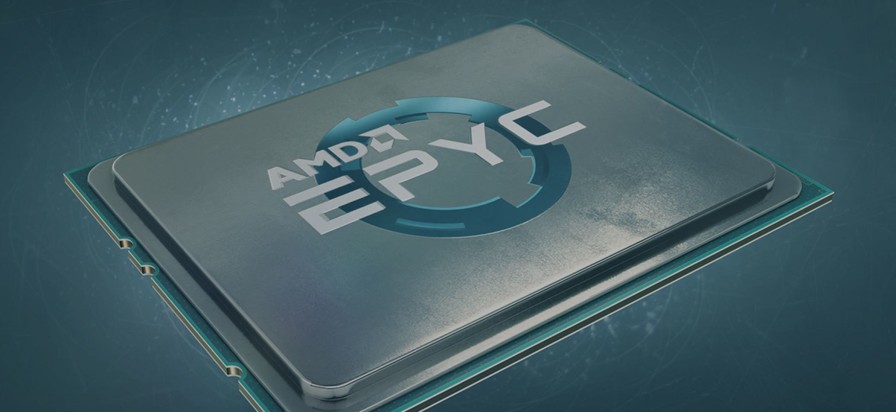On this blog and in our newsletters we generally focus on our services and products, but here at SiteHost we also look after a decent amount of hardware infrastructure for New Zealand businesses. Personally, I've always had a keen interest in computer hardware and it's great being at SiteHost as we have the opportunity to get our hands on the latest hardware and put it through its paces.
Unfortunately for some time now it has felt like there hasn't been much happening in terms of computer hardware on the CPU front. The latest phones or laptops come out with incremental updates that seem to get leaked far in advance and don’t seem to move the needle much in terms of performance.
The server space has been similar for a while now, possibly even more stagnant. Hardware reliability has increased, SSDs have gotten larger, memory has gotten more expensive – but the core of any machine for a long time has been the CPU, and changes in this space have been slow and predictable.
Last year though we were quite excited to learn that there may be some change on the horizon on the back of AMD taking on the CPU market with some technology that may be able to really shake things up. Of course, it can take a long time from announcement to actually getting some equipment, but we have now put our first AMD EPYC servers into production after weeks of extensive testing.
For our initial builds we were looking for the CPUs the represented the best mix of performance and value, which led us to picking dual AMD EPYC 6351 16-Core CPUs at 2.4GHz. With hyperthreading these will give an impressive total of 64 cores per physical server. The results have been good, showing a solid performance improvement over the dual Intel Xeon Silver 4116 CPU system which we have been stocking for a while now.
What we are seeing is better performance, lower cost and lower power consumption.
There are a number of innovations which AMD have come up with in this new system. CPU core count keeps going up and up so it has been clear for some time that applications which can handle multiple threads better are going to perform better. How they have achieved that is by moving the tech from single die to multi die using a Multi-Chip Module (MCM). I heard that an Intel representative first laughed at this and suggested AMD were just gluing multiple CPUs together (hey if it works, why not?), but they are now back-pedalling as they move to match AMD's improvements.
Without going into too much detail, there is a lot of advantages to MCM, but what we are seeing from it from our side is better performance, lower cost, lower power consumption, and the ability to address more memory banks and PCI Express lanes. To put it simply, what we have here is a single CPU which is equivalent to our Intel dual CPU system and our dual CPU system could be viewed as equivalent to a quad CPU system. A single CPU platform that can address a decent amount of memory has been on my wish-list for some time and in my opinion, this fills a hole in the server market which has been there for many years.
The great thing about this story and why we are so excited, is that the story isn't stopping here. Die sizes are shrinking and there's more development on the way from AMD. We are looking forward to availability of Zen 2 designs which are going to be dropping from the 14nm of the current EPYC to 7nm. AMD are certainly not slowing down and with the recent security exploits (Meltdown / Spectre) which Intel are still scrambling to properly re-design mitigations for, this is allowing AMD to really put some pressure on in the server market.
This is fantastic news for hardware enthusiasts like me as I'm looking forward to renewed investment and innovation in the market from both Intel and AMD as well as other providers. I believe there is plenty of scope for us to develop better technology and it's clear that some healthy competition is going to lead to exciting times ahead. Watch this space with me.

